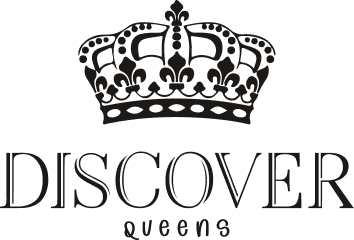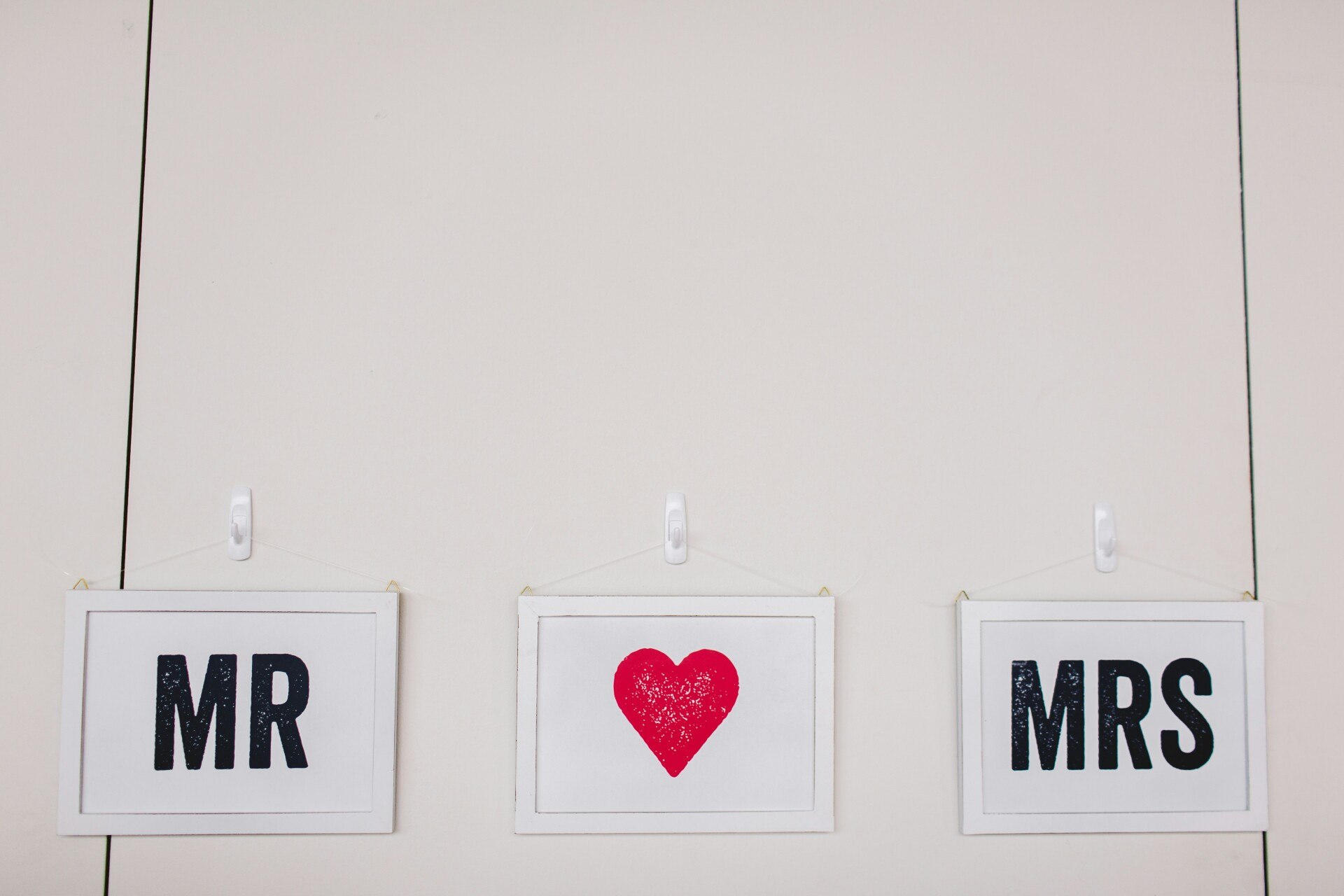Planning a wedding that combines different cultural traditions can be an enriching and unforgettable experience. When you marry a Korean woman, your special day becomes a harmonious blend of Korean bridal customs and modern wedding elements. Korean wedding traditions are known for their elegance, symbolism, and deep respect for heritage, ensuring that your wedding is not only memorable but also filled with meaningful rituals.
Whether you are tying the knot in Korea or incorporating Korean elements into your wedding elsewhere, understanding these customs will help you create a day that truly celebrates love and unity. From the graceful hanbok attire to the intricate marriage rituals, a Korean wedding offers a unique blend of romance and tradition that makes the day unforgettable for both the bride and the groom.
Contents
The Ceremony: Korean Marriage Rituals Unveiled
The Korean marriage rituals are both beautiful and meaningful, carefully blending solemnity with celebration. A central part of the ceremony is the exchange of vows, where the bride and groom promise to support and cherish each other. In some weddings, a traditional bow or jeonanrye (a formal greeting) is performed, demonstrating respect and humility. This gesture signifies the couple’s mutual respect and commitment, laying a strong foundation for their life together.
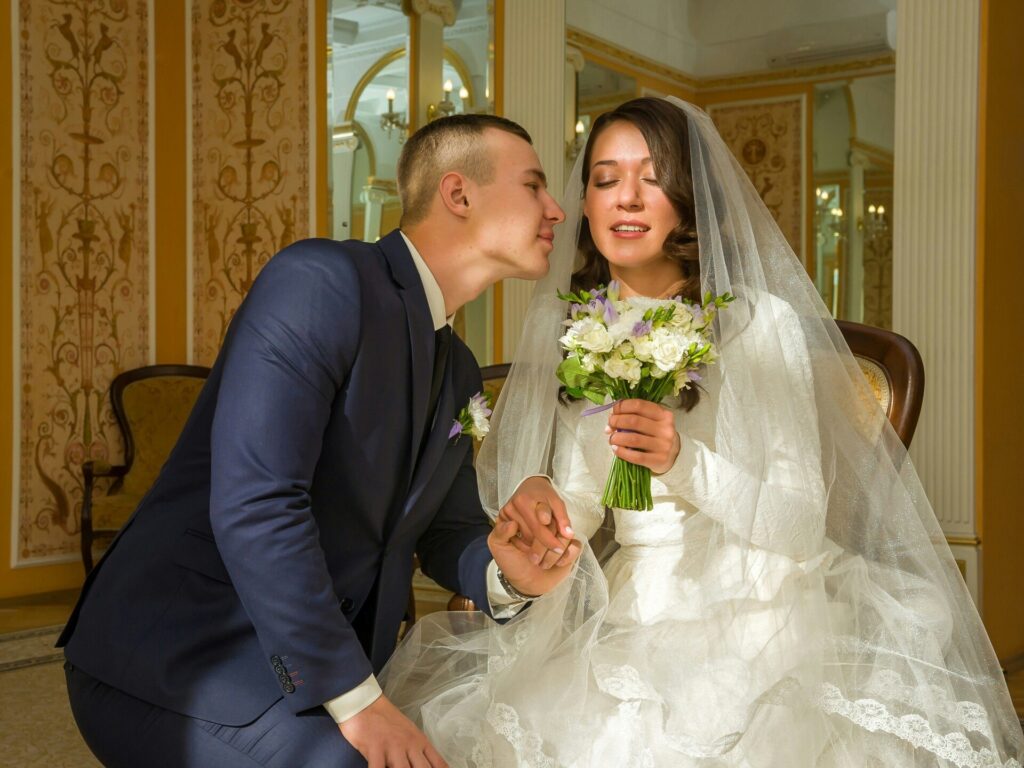
The ceremony may also include a tea ceremony, where the couple serves tea to their elders as a sign of gratitude and respect. This act is a symbol of honoring their parents and acknowledging the role they play in the couple’s lives. The elders, in turn, might offer words of wisdom or blessings, further strengthening the bond between the families and providing the couple with guidance for their future together.
Another important ritual is the hanbok change, where the bride changes from her traditional hanbok into a more contemporary wedding dress or another hanbok, symbolizing her transition into a new life stage. This change represents the evolution of her role from an individual to a member of a new family unit, highlighting the importance of adaptability and growth in marriage. These rituals emphasize the importance of family and community in Korean culture, making the wedding day not just a celebration of love between two people, but also the joining of two families. By incorporating these rituals, the wedding becomes a meaningful and memorable occasion that honors both personal and cultural values.
Bridal Elegance: Bride Korean Style
The bride’s attire plays a significant role in a Korean wedding, with the hanbok being the most popular choice. Modern brides might opt for a blend of traditional and contemporary styles, such as a white hanbok with subtle embellishments or a colorful hanbok with intricate patterns. The hanbok is designed to accentuate the bride’s grace and beauty, featuring flowing skirts and elegant jackets that create a stunning visual impact. In a similar way, a Japanese woman may choose to wear a traditional kimono or incorporate delicate floral hair accessories, symbolizing beauty and seasonal harmony in her wedding attire.
Accessories like binyeo (traditional hairpins) and norigae (decorative pendants) add elegance and symbolism to the ensemble. Binyeo, often made of precious materials, are intricately designed and secured in the bride’s hair, adding a touch of sophistication. Norigae, attached to the hanbok, serve as decorative elements that often carry symbolic meanings, such as wishes for happiness and prosperity.

Makeup and hairstyles are usually kept elegant and timeless, enhancing the bride’s natural beauty. Soft, natural tones are commonly used to create a fresh and radiant look, while hairstyles often feature traditional buns or gentle waves, adorned with delicate hairpieces. Additionally, many Korean brides incorporate personalized touches, such as custom embroidery or meaningful symbols, to make their bridal look unique and reflective of their personality.
The focus on bridal elegance ensures that the bride feels beautiful and confident on her special day. By embracing both traditional and modern elements, the bride can create a look that honors her heritage while expressing her individual style, making her appearance truly unforgettable.
Marrying a Korean Bride: Tips for a Perfect Ceremony
Marrying a Korean bride involves understanding and respecting Korean wedding customs to ensure a perfect ceremony. Here are some tips to help you prepare:
- Learn About the Traditions: Take the time to research and understand the significance of different Korean wedding rituals. This will help you appreciate the customs and incorporate them thoughtfully into your ceremony.
- Communicate with Families: Engage in open conversations with both families to ensure everyone’s expectations and traditions are respected. This fosters a sense of unity and collaboration, making the planning process smoother.
- Choose a Meaningful Venue: Whether it’s a traditional Korean wedding hall or a modern venue, select a location that reflects the blend of cultures and provides a beautiful backdrop for your ceremony.
- Personalize Your Wedding: Incorporate personal touches that reflect your unique relationship, such as custom vows, personalized decorations, or a special first dance song. These elements add a personal and heartfelt dimension to the celebration.
- Respect Cultural Differences: Be mindful of cultural differences and ensure that both partners feel comfortable and respected throughout the planning and execution of the wedding.
By following these tips, you can create a wedding ceremony that honors both your Korean heritage and your personal love story, resulting in a harmonious and memorable day that you and your guests will cherish forever.
Harmonious Wedding Day: Combining Cultures
Blending Korean wedding traditions with other cultural practices can create a truly harmonious wedding day. Couples often incorporate elements from both cultures, such as having a mixed menu that includes traditional Korean dishes alongside Western favorites. This fusion allows guests to enjoy a diverse range of flavors and experiences, reflecting the unique blend of backgrounds that the couple brings together. Marrying a Thai woman can introduce beautiful cultural elements such as the water pouring ceremony (Rod Nam Sang), which symbolizes blessings and respect from family and friends.
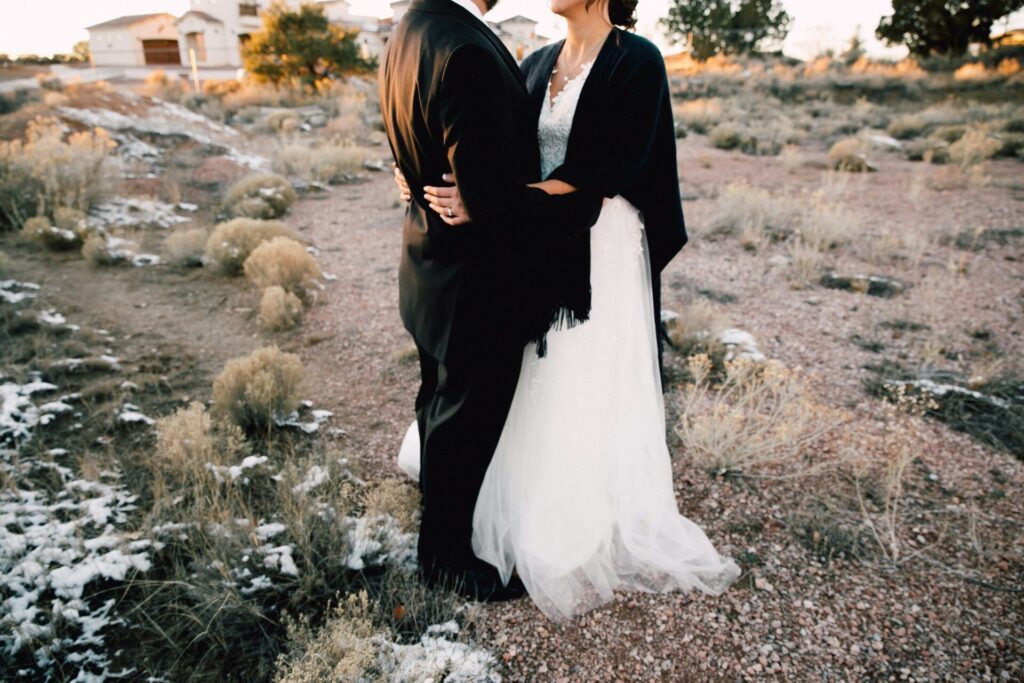
Decorations might feature a mix of traditional Korean motifs and modern aesthetics, creating a unique and visually stunning setting. For instance, you might combine the elegance of Korean lanterns with contemporary floral arrangements or use traditional Korean patterns in your wedding invitations alongside modern design elements. This thoughtful integration of different styles ensures that the venue feels cohesive and personalized.
Music selections can also reflect both cultures, with a combination of traditional Korean music and contemporary tunes. Incorporating a variety of musical genres can set the perfect tone for different parts of the wedding day, from the ceremony to the reception. Additionally, entertainment options might include both traditional performances, such as fan dancing or drumming, and modern acts like a live band or DJ, ensuring that there is something for everyone to enjoy.
By thoughtfully integrating different cultural traditions, the wedding celebrates the uniqueness of each partner while creating a cohesive and memorable experience for all attendees. This blend of cultures not only honors the heritage of both individuals but also symbolizes the unity and partnership that marriage represents.
Key Elements of a Korean Wedding
| Aspect | Korean Tradition | Modern Element (optional) |
|---|---|---|
| Attire | Hanbok for the bride and groom | Tuxedo or Western wedding dress can be added |
| Ceremony | Pyebaek and Jeonanrye rituals | Vows exchange and ring ceremony |
| Reception | Traditional Korean dishes like bulgogi and kimchi | Western-style wedding cake and hors d’oeuvres |
| Entertainment | Fan dancing and traditional music | Live band or DJ |
| Decorations | Korean lanterns and hanji paper | Modern floral arrangements and lighting |
| Gifts | Exchange of symbolic items | Personalized gifts for guests |
Groom’s Role in a Korean Wedding
The groom plays a vital role in a Korean wedding, contributing to the ceremony and ensuring that traditions are respected and upheld. Traditionally, the groom is responsible for certain rituals that symbolize his commitment and respect towards the bride and her family. One such ritual is the offering of pyebaek, where the groom presents dates and chestnuts to his future in-laws, symbolizing the hope for many children and the union of the two families.
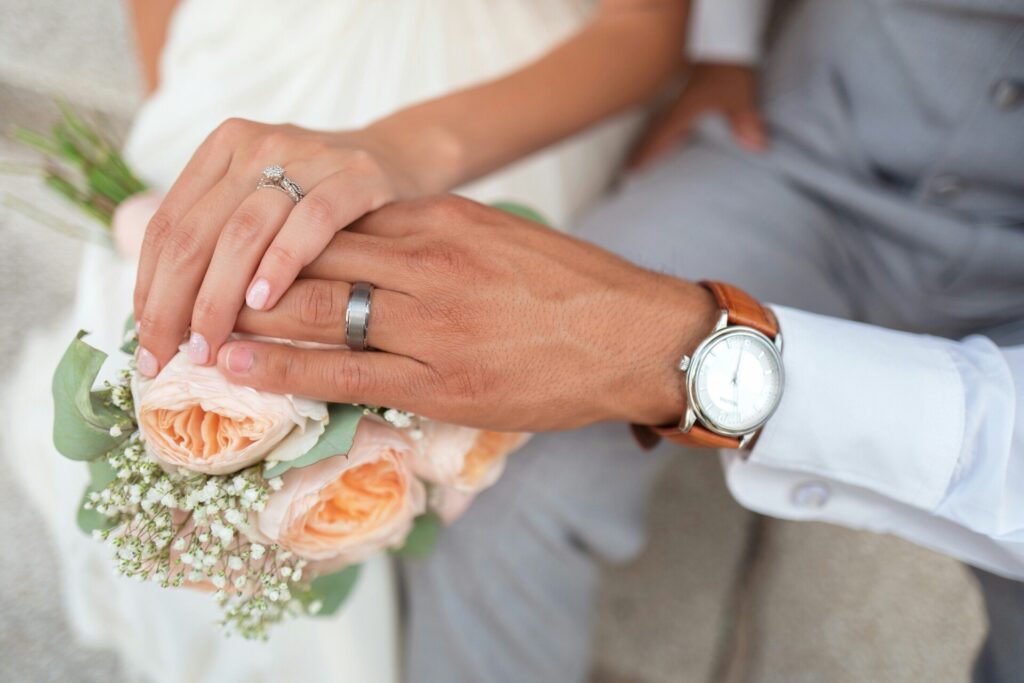
In addition to traditional duties, the groom often participates in the modern aspects of the wedding, such as the exchange of vows and rings. These moments signify the groom’s promise to support and cherish the bride, reinforcing the partnership that marriage represents. The groom may also give a speech or toast during the reception, expressing his gratitude to the families and guests for their support and well wishes. Another important aspect is the groom’s attire. Whether he chooses a traditional hanbok or a modern tuxedo, his attire plays a significant role in the overall aesthetic of the wedding. Coordinating with the bride to ensure that their outfits complement each other can enhance the visual harmony of the ceremony and reception.
The groom often takes part in planning and organizing the wedding, working closely with the bride to ensure that all cultural and personal elements are seamlessly integrated. His active involvement demonstrates his commitment to creating a memorable and meaningful wedding day, reflecting the unity and partnership that marriage embodies. By embracing both traditional and modern roles, the groom contributes significantly to the success and harmony of the Korean wedding, ensuring that the day is both culturally rich and personally meaningful for both partners.
